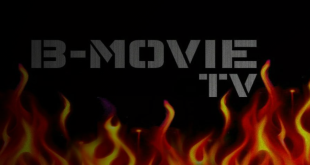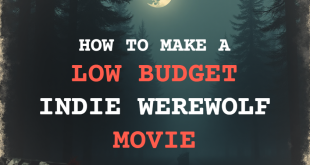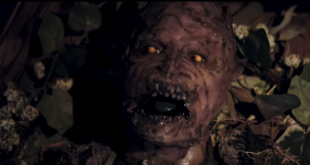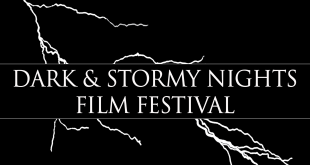The relationship between film and accessibility has been a significant point of conversation, given the medium’s relationship to deafness, which dates back to 1928, when the first “talkie” signaled the shift from silent films.
It’s especially worth looking at a genre as divisive as horror, considering its main purpose is discomfort and sensationalizing the fears that audiences think about.
The genre has always had to perform a tricky dance between representation and derision, with hearing disabilities at the center of the conversation.
The relationship between this community and the silver screen can vary depending on who steers the ship. The first stirrings of authenticity came to light in the campy horror flick Deafula, which featured deaf actors and was shot entirely in sign language (ASL, specifically). Peter Wechsberg starred and directed in 1975, but how does the genre fare almost 50 years later?
How horror speaks to the deaf community
In 2024, deaf viewers have more accessibility when watching horror than ever. However, whatever options there may be still leave much to be desired. The University of Sheffield led a study on how immersive horror and suspense movies can be for individuals who require captions for sound cues. This revealed that many huge titles like Jaws and even A Quiet Place, highly lauded for their portrayal of deaf characters, have poor captioning that ends up ruining the overall viewing experience for anyone hard of hearing. On the other end of the spectrum, horror sci-fi hits like Stranger Things have excelled in maintaining the same level of immersion and momentum by being more creative with their captioning.
Aside from how these films impact deaf viewers, their approach to representing deafness in media remains unchanged.
A Quiet Place and its sequel stand out here again, with one of its main stars, Millicent Simmonds, being deaf herself in real life. In an interview with Variety, she noted how “it’s not fair to the talent out there who aren’t chosen because of their disability” when hearing actors get cast as deaf characters. This situation has been the point of much online discussion with films like Hush, often considered one of the most compelling horror movies with a deaf protagonist but mired by the fact that it was created with minimal consultation with actual deaf people. Content creator Rikki Poynter even broke down how the film often misses the mark on the realities of ASL for the sake of exaggeration, tainting the experience for what is otherwise considered by critics as an excellent tension-filled narrative.
The utility of deafness and technology
Deafness is often used as a utility within the actual universe of horror media, with recent developments in technology amplifying these factors. Think of the cochlear implants in A Quiet Place or the hearing loss procedure that would catalyze the events of the new horror movie Unheard. Even the trailer for the latter aims to use the disability creatively, subverting expectations by going from silence to auditory hallucinations.
Although there remains more conversation to be had on how politically correct these approaches may be, horror has always been a genre known for suspension of disbelief. For people who are hard of hearing, technology also plays a prominent role in not just the stories that can be told but how they can be consumed. Modern hearing devices even combine vision and hearing support in one, with Nuance Audio coming out with eyeglasses built with invisible hearing aids for people with mild to moderate hearing loss. Using beamforming technology, users can hear direct conversations while cutting out background noise. The lenses match the adaptability of their hearing counterpart, using Transitions Gen S tech to respond to light and tint accordingly.
This technology’s applications in viewing experiences and in-universe narratives can be compelling, allowing for a new layer of fear with creative sound design to maximize the tech’s capabilities. This level of immersion is already more prevalent in the gaming world, which has embraced similar tools more readily than the movie and TV industry. Lurking is a sound-based survival thriller, completely pitch-black until the player produces noise to create sound waves. Fears to Fathom is another game series that regularly taps into the player’s microphone and depicts sound levels to create tension. Even the extremely popular and often sound-dependent Alien: Isolation provides accessibility by providing an enemy radar that alerts the player without the need for sound cues.
Now, audiences are treated to horror-adjacent flicks like Boy Kills World, which excels in gore but leads its deaf character through hearing actors and casting directors. Meanwhile, games like Blair Witch have gone above and beyond to visualize crucial sounds, subtitle all dialogue, and provide various options to aid hard-of-hearing players without breaking immersion. The technology is already there, so progress simply falls into the hands of horror creators.
 Horror News | HNN Official Site | Horror Movies,Trailers, Reviews
Horror News | HNN Official Site | Horror Movies,Trailers, Reviews





